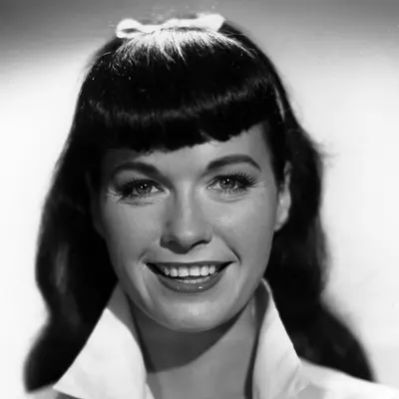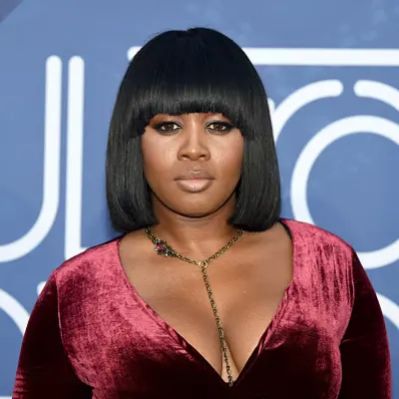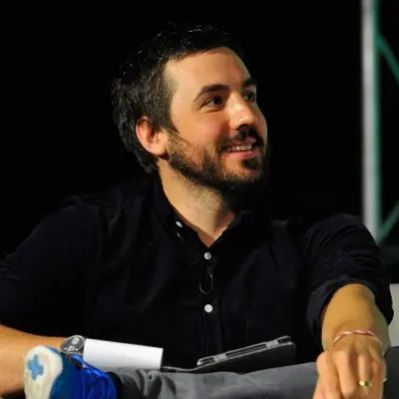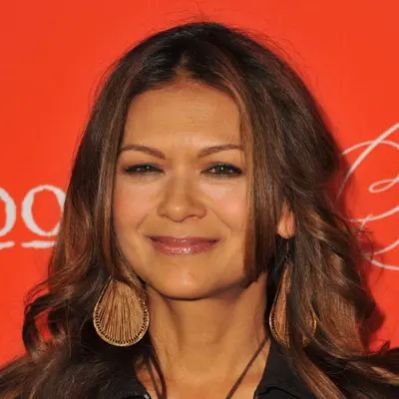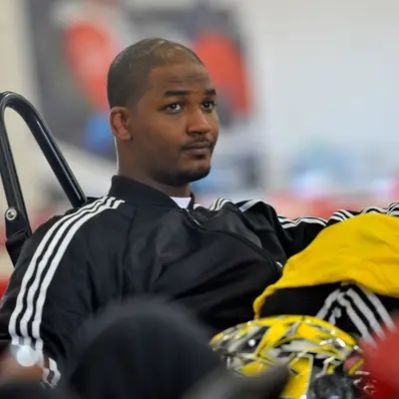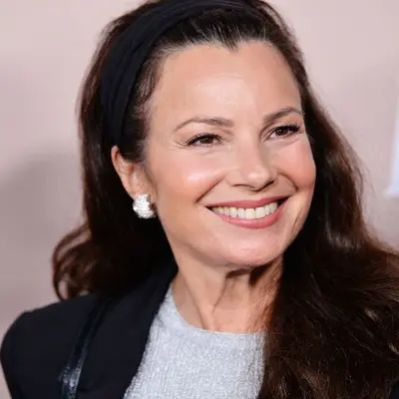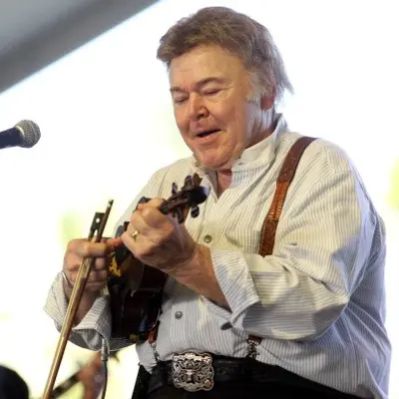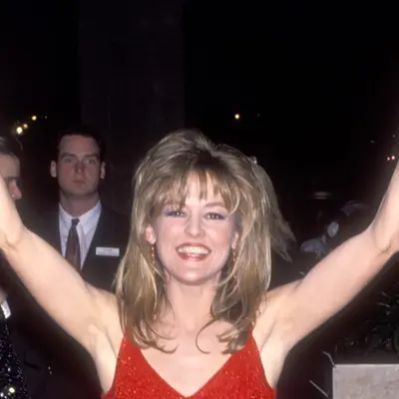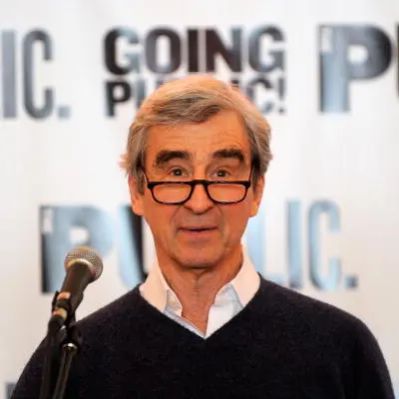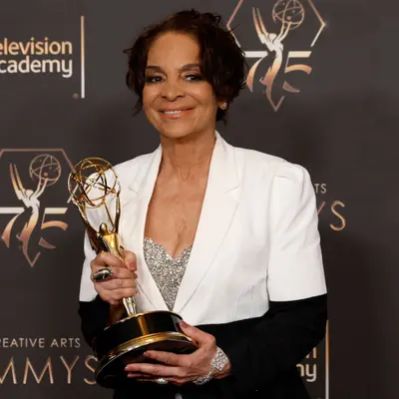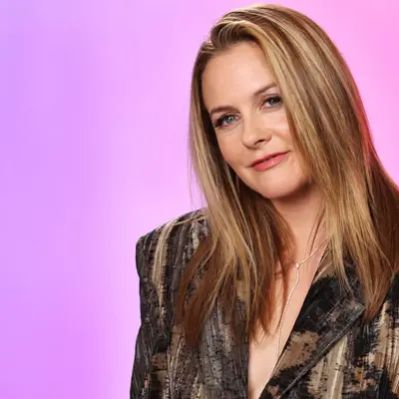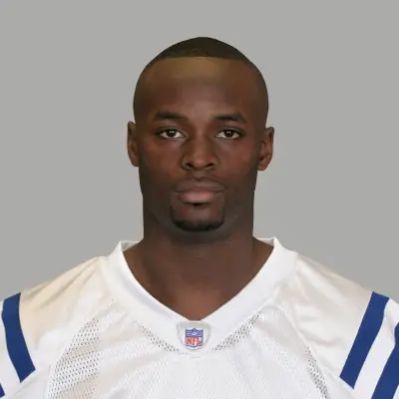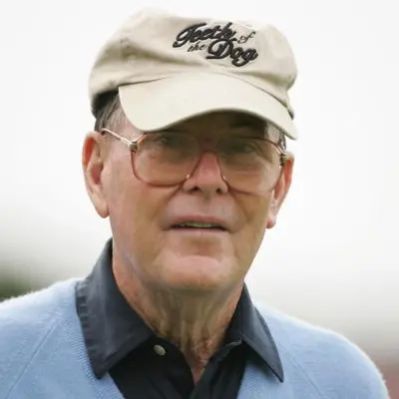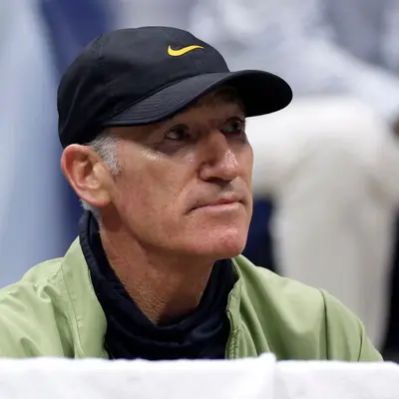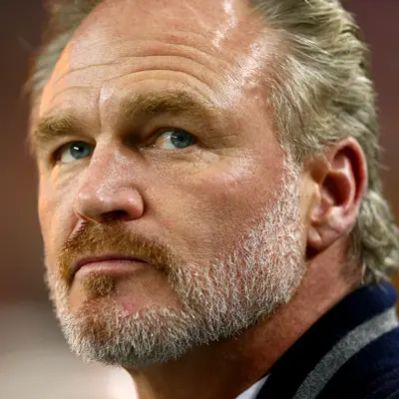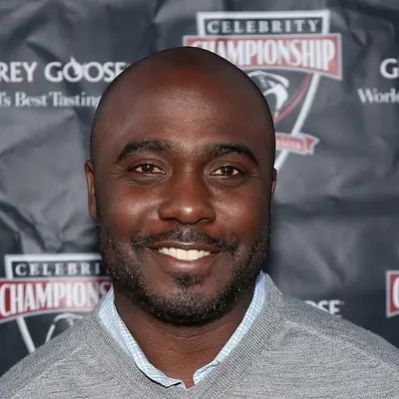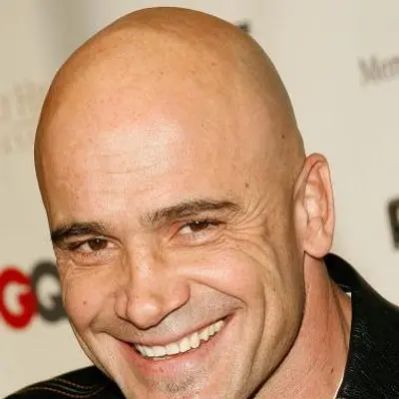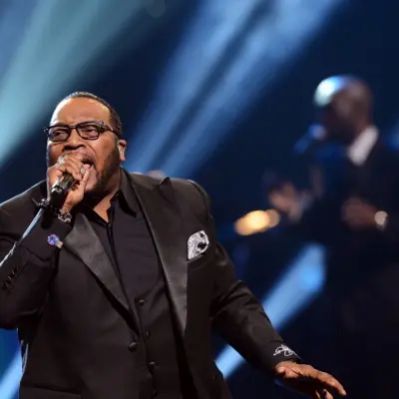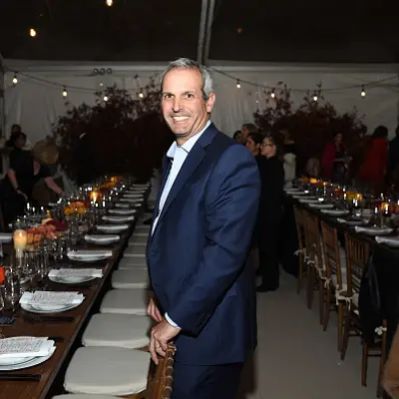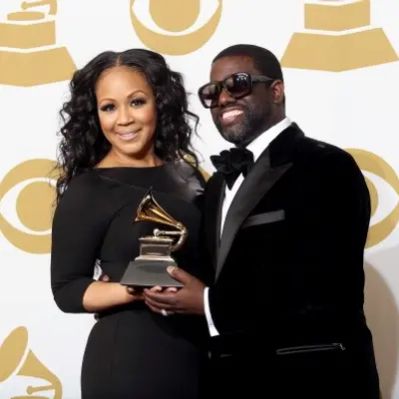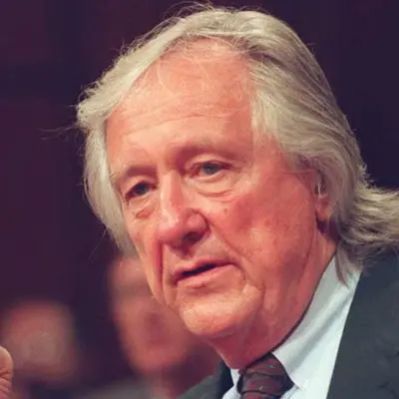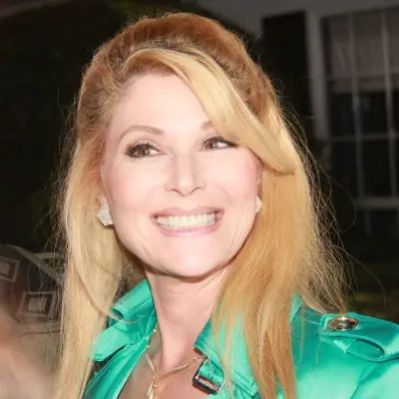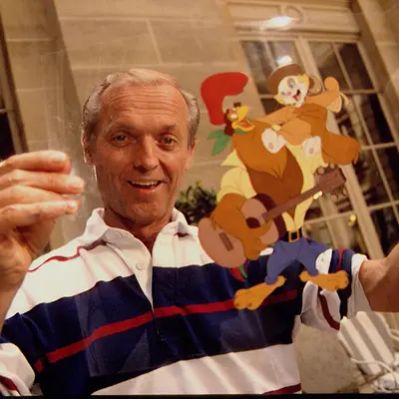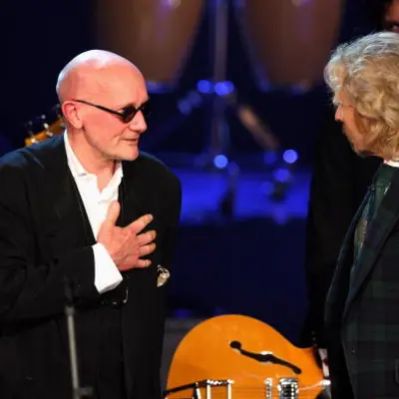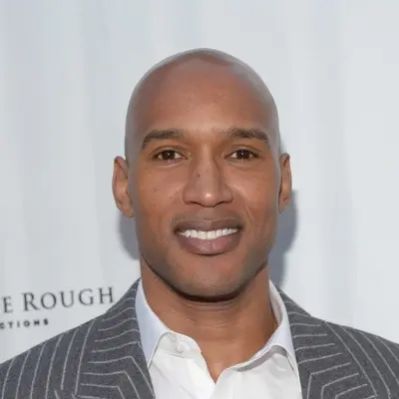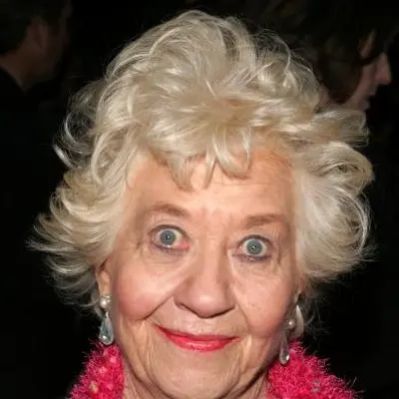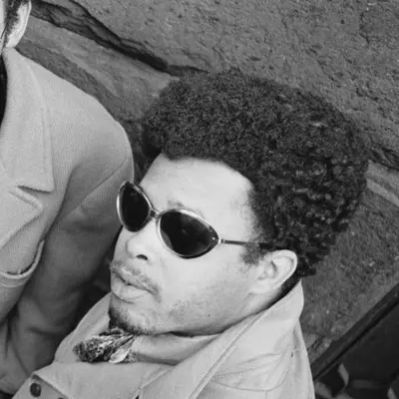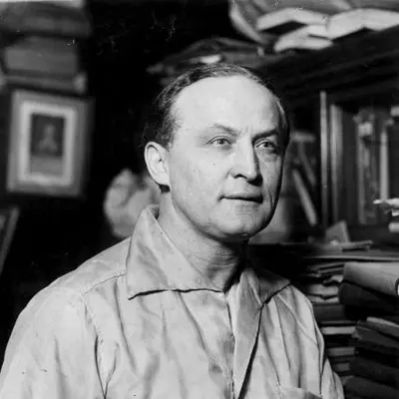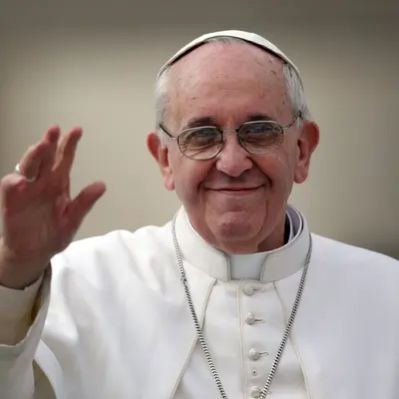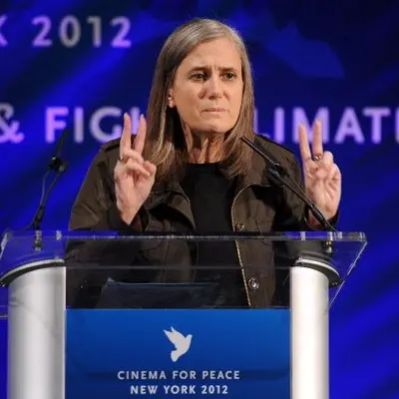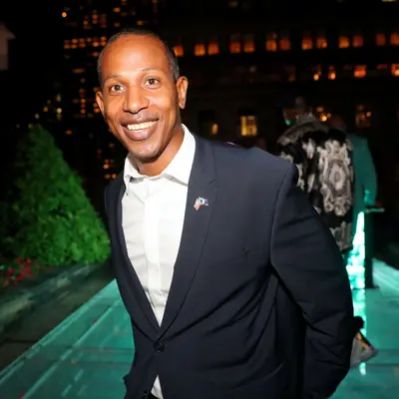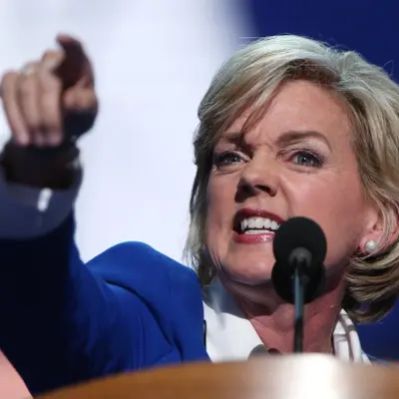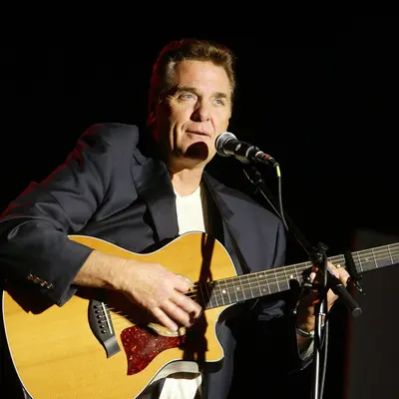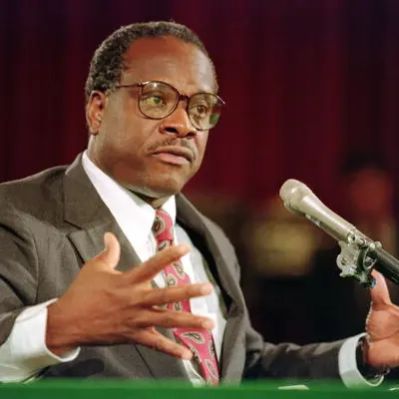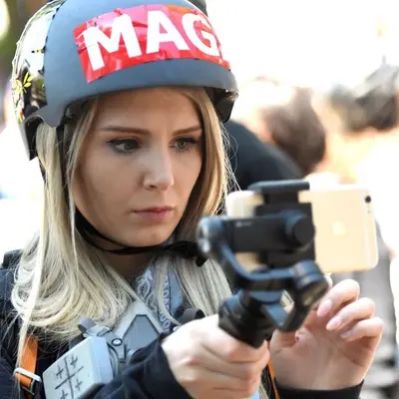What Is Bettie Page’s Net Worth?
Bettie Page, the iconic American model who captivated audiences with her pin-up photographs in the 1950s, had a significant impact on pop culture and left behind a legacy that continues to fascinate. Upon her death in December 2008, after adjusting for inflation, Bettie Page’s net worth was estimated to be $20 million. This figure reflects the earnings from her modeling career, subsequent resurgence in popularity, and the management of her image and likeness rights.
Early Life and Career Beginnings
Born on April 22, 1923, in Nashville, Tennessee, Bettie Mae Page faced numerous challenges during her formative years. As the second of six children to Edna and Walter Page, her family frequently relocated in search of economic stability. A particularly difficult period arose when her father was incarcerated for car theft, placing ten-year-old Bettie in the role of caregiver for her younger siblings. Following her parents’ divorce, Bettie and two of her siblings were placed in a Protestant orphanage, marking a significant disruption in her early life. Despite these hardships, Bettie excelled academically, graduating as the class salutatorian from Hume-Fogg High School in 1940. She continued her education at George Peabody College, aiming to become a teacher and graduating with a BA in 1944. During her time in college, Page secured her first job, working as a typist for author Alfred Leland Crabb, demonstrating her early work ethic and resourcefulness.
After graduating from George Peabody College, Page’s aspirations led her to New York City, where she hoped to pursue an acting career. To support herself, she took on secretarial positions, including one at the American Bread Company. However, a traumatic incident involving sexual assault by a group of men prompted her return to Nashville, where she briefly worked for the Louisville and Nashville Railroad. Driven by her ambitions, Page eventually returned to New York, resuming secretarial work for a real estate developer and an insurance broker. It was during this time, while strolling along Coney Island, that she encountered photographer and NYPD officer Jerry Tibbs, who recognized her potential as a pin-up model. Tibbs played a pivotal role in launching her modeling career by photographing her and assisting her in creating her first pin-up portfolio. This initial foray into the glamor photography scene led her to collaborate with photographer Cass Carr, marking the formal beginning of her rise to fame in the modeling industry.
Modeling Fame and Key Milestones
Bettie Page’s modeling career began to flourish in the early 1950s, quickly establishing her as a prominent figure in the burgeoning pin-up scene. Her collaboration with photographer Cass Carr proved instrumental in showcasing her unique look and style. With her signature long black hair and striking blue eyes, Page became a sought-after model for men’s magazines such as “Wink,” “Eyefull,” and “Beauty Parade.” Her ability to embody both innocence and allure contributed to her widespread appeal and rapid ascent in the industry. One of the key turning points in Page’s career was her work with photographer Irving Klaw, who specialized in pin-up and BDSM-themed photographs. These images, which featured Page in various bondage scenarios, established her as the first famous bondage model. Klaw also produced numerous short, silent one-reel films featuring Page in BDSM scenarios, further solidifying her reputation in the genre. While specific financial details of her contracts with Klaw are not publicly available, it is evident that these collaborations significantly contributed to her income during this period. It is estimated that during the peak of her modeling career in the mid-1950s, Page earned between $1,000 and $2,000 per month, a substantial sum for the time.
In 1954, during one of her annual vacations to Miami, Florida, Bettie Page had a pivotal encounter with photographers Bunny Yeager, Jan Caldwell, and H. W. Hannau. This meeting led to the creation of the iconic “Jungle Bettie” photograph series, one of Page’s most recognizable and celebrated shoots. The “Jungle Bettie” series, shot by Bunny Yeager, featured Page in various jungle-themed poses, wearing a leopard-print bikini and interacting with animals. The photographs captured Page’s adventurous spirit and exotic appeal, contributing to her growing popularity and cementing her status as a pin-up icon. Recognizing the potential of these images, Bunny Yeager sent some of the shots to Hugh Hefner, the founder of Playboy magazine. Hefner was immediately captivated by Page’s beauty and charisma, leading to her selection as Playmate of the Month for January 1955. This marked a significant milestone in Page’s career, as Playboy’s wide circulation and influence brought her image to an even larger audience. As Playboy Playmate of the Month for January 1955, she appeared in a centerfold dressed in a Santa hat in front of a Christmas tree. Later that year, she was crowned Miss Pinup Girl of the World. It is estimated that Page earned approximately $1,000 for her Playboy appearance, in addition to the exposure and recognition it provided.
Throughout the 1950s, Bettie Page’s career continued to flourish, with numerous appearances in magazines, calendars, and other promotional materials. However, despite her success and fame, she made the decision to retire from modeling in 1957. The reasons for her retirement were complex and multifaceted, including her growing disillusionment with the industry, her desire for a more stable and fulfilling life, and her increasing interest in religion. While the exact financial details of her earnings during this period are not publicly available, it is evident that Page accumulated a substantial amount of wealth through her modeling career, which contributed significantly to her net worth.
Born Again Evangelism and Later Years
Following her departure from modeling in 1957, Bettie Page underwent a profound spiritual transformation, converting to Christianity and becoming a born-again evangelist on New Year’s Eve in 1959. This marked a significant shift in her life, as she dedicated herself to religious pursuits and distanced herself from the world of modeling and entertainment. Over the ensuing years, Page attended three different bible institutions: the Bible Institute of Los Angeles, Multnomah University in Portland, Oregon, and Bibletown, which was part of the Boca Raton Community Church in Florida. She immersed herself in religious studies and sought to deepen her understanding of Christianity, reflecting her commitment to her newfound faith. In the 1960s, Page aspired to become a Christian missionary in Africa, driven by her desire to spread the gospel and serve others. However, her application was rejected due to her divorced status, which was considered a barrier to missionary work at the time. Undeterred, Page continued to serve within the Christian community, working for various Christian organizations and contributing to their missions and outreach efforts. She also reenrolled at her alma mater, George Peabody College, with the intention of pursuing a master’s degree. However, she eventually dropped out, choosing instead to work for Reverend Billy Graham, a prominent evangelist, further solidifying her involvement in religious activities.
In 1978, after relocating to Southern California, Page experienced a severe nervous breakdown, leading to a violent altercation with her landlady. She was subsequently diagnosed with paranoid schizophrenia and admitted to Patton State Hospital in San Bernardino. This marked the beginning of a long and challenging battle with mental health issues. Her mental health struggles continued for several years, and she was placed under state supervision for eight years after another altercation with a different landlord. During this period, Page relied on state assistance and disability benefits to support herself. While specific financial details of her income during this time are not publicly available, it is evident that her mental health issues significantly impacted her ability to work and manage her finances.
Career Resurgence and Legacy
Despite her long absence from the public eye, Bettie Page experienced a remarkable resurgence in popularity in the 1980s and 1990s. This resurgence was largely driven by the circulation of paintings and reprinted photographs of her, which sparked a cult following among artists, designers, and fans of vintage pin-up culture. Her image began to appear on posters, t-shirts, and other merchandise, introducing her to a new generation of admirers. The fanzine “The Betty Pages,” dedicated to celebrating her life and work, further contributed to her growing popularity and cemented her status as a cultural icon. Her resurgence in popularity also led to appearances on television shows, including the reality television show “Lifestyles of the Rich and Famous,” which provided a glimpse into her life and legacy. While specific financial details of her earnings from these appearances are not publicly available, it is evident that they contributed to her income and increased her visibility.
The renewed interest in Bettie Page’s life and career culminated in the release of two biographical films: “The Notorious Bettie Page,” a feature film starring Gretchen Mol as Page, and “Bettie Page Reveals All,” a documentary film featuring interviews with Page herself. These films further cemented her legacy as a cultural icon and introduced her story to an even wider audience. While specific financial details of her involvement in these films are not publicly available, it is likely that she received compensation for her participation, which contributed to her overall net worth. In 2003, Bettie Page reappeared in Playboy magazine, which further solidified her legacy as a cultural icon. The article focused on her life and career, highlighting her contributions to the pin-up genre and her enduring appeal. The article generated significant interest in Page and helped to introduce her to a new generation of readers. While specific financial details of her compensation for the Playboy article are not publicly available, it is evident that it contributed to her income and enhanced her public image. The Bettie Page brand has continued to thrive since her death, with her image being used on various merchandise, including clothing, accessories, and home decor items. Licensing agreements for the use of her image generate revenue for her estate, contributing to its overall value.
Personal Life and Death
Bettie Page’s personal life was marked by both triumphs and challenges. In early 1943, she married William E. Neal, her first husband. However, the marriage ended in divorce in 1947. Page later dated industrial designer Richard Arbib before marrying her second husband, Armond Walterson, in 1958. This marriage also ended in divorce in 1963. In that same year, Page remarried her first husband, William E. Neal; however, the marriage was soon annulled. She subsequently married Harry Lear, with whom she was with from 1966 until their divorce in early 1972. These marital experiences reflect the complexities and challenges she faced in her personal life. Bettie Page passed away on December 11, 2008, at the age of 85, after being hospitalized in critical condition. Her family made the difficult decision to take her off life support following her hospitalization. She is buried at Westwood Village Memorial Park Cemetery in Los Angeles. Her influence continues to live on in popular culture.
 Net Worth Ranker
Net Worth Ranker
